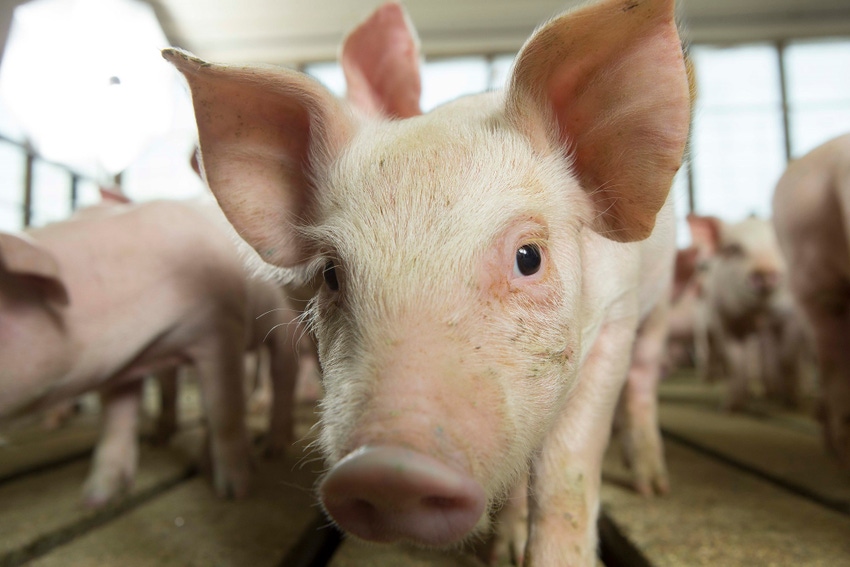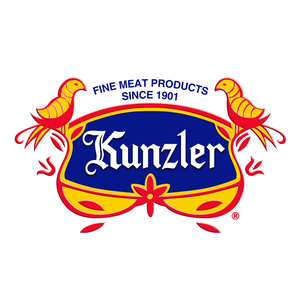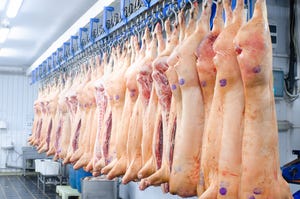Rabobank: Mexican pork industry at a crossroads
Country must advance its modernization process in order to meet future market expectations.

While the Mexican pork industry’s transformation from a low-tech, fragmented production sector into a globally competitive pork supplier in just a few decades is commendable, a new Rabobank report suggests the country must advance its modernization process in order to meet future market expectations.
According to the report, the industry, at a crossroads, has two main options. The bank recommends the industry accelerate investments in biosecurity and worker education, consolidate weaker players in a move toward vertical integration and raise carcass values through selling higher value products and growth in exports. On the other hand, the industry could pause its modernization efforts, “leaving itself exposed to the volatility that has been associated with herd health challenges and the tighter markings associated with inconsistent pork quality.”
The firm noted that since 2014, sow inventories in Mexico have grown from 730,000 head to more than 1 million. Additionally, the level of integration increased from 30% to around 50%. This growth was mainly achieved in Sonora, Jalisco, Veracruz, and Yucatan, where there is good access to labor and feed. But structural limitations have limited further expansion, Rabobank noted.
A similar trajectory has occurred in the country’s processing sector, but it has also reached a crossroads.
“Inconsistent hog supplies are raising cost and creating product inconsistencies,” the report said. “At the same time, an underdeveloped cold chain and slow progress on brand development are threatening industry growth and financial returns.”
If processors are going to stabilize results and meet consumer expectations, Rabobank said they need to have a more predictable production sector and further develop market opportunities. A sizable herd loss due to outbreak of PEDV and a new strain of PRRS has forced new investment in the structure and operation of the Mexican pork industry, and a shift toward larger, vertically-integrated production dramatically reduces potential herd health risk, the bank noted.
Creating an even greater sense of urgency for increased biosecurity, African swine fever is now much, much closer to Mexica as it was recently discovered in the Dominican Republic and Haiti.
Rabobank said the Mexican pork industry has worked closely with government officials to educate producers and increase biosecurity protocols to prevent the disease from entering the country but added that there have been limited efforts to develop an industry-wide response plan if the disease were to actually be discovered. Furthermore, plans to minimize the market impact in the event of an ASF discovery have also been minimal.
“While we do not anticipate any immediate threat to the herd, the potential introduction of ASF is greater today given the close proximity of recent cases,” the report said. “The likely challenge of eliminating the virus once introduced only reinforces the need for investment in biosecurity.”
Rabobank noted that investments in infrastructure, genetics and animal health have all boosted piglet livability and helped improve the country’s competitiveness, but it has not eliminated health challenges. Additionally, growth in meat production continues to trail growth in the breeding herd.
Adding to this, the country’s swine industry is facing growing environmental and animal welfare pressure from NGOs and consumers. While not to the same degree as the EU and U.S., Rabobank said some groups of the population and consumers are demanding compliance with generally acceptable production practices.
All things considered, the report said pork imports will remain critical to domestic supply as the country relies on other countries for 45% of its annual consumption. Exports, on the hand, offer the country’s producers an additional revenue stream. However, Rabobank said that until recently, the country had failed to grow its international presence.
“The Mexican pork indsutry has reached an important crossroads,” the report concluded. “Either the industry steps up its investment in biosecurity and addresses critical weakness in its production systems, or it risks ongoing supply disruptions and an inability to meet growing domestic and export demand.”
About the Author(s)
You May Also Like


.png?width=300&auto=webp&quality=80&disable=upscale)


